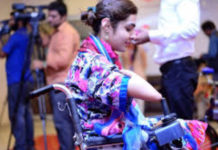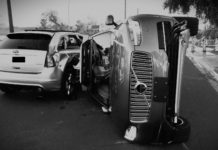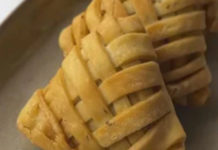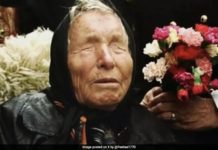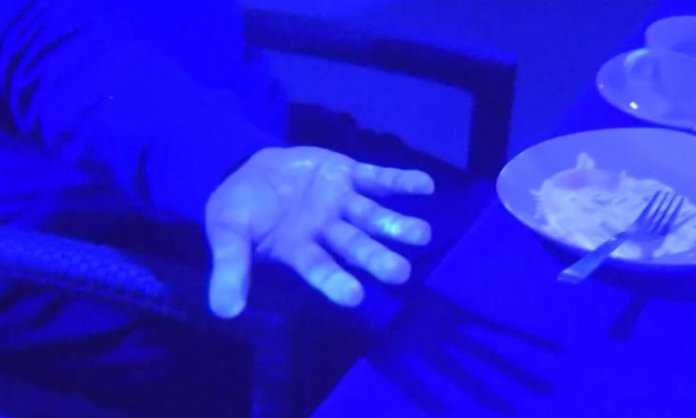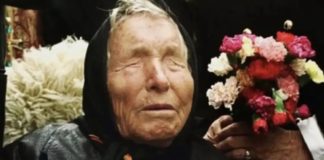COVID-19 has turned the entire world upside down. As we spiral in an economic depression, we are also learning to live with the virus.
Recently, a video from Japan showed how easily germs and viruses could spread in restaurants. The experiment simulated the atmosphere at a buffet restaurant or on a cruise ship—the public broadcasting organization NHK in conjunction with health experts.
The video showed ten people coming into the restaurant, with one singled out as an “infected” person.
Here’s how the experiment took place
A fluorescent substance only visible under black light was applied onto that person’s hands, representing germs from a cough or a sneeze. Each participant then stepped into the restaurant as generally as they would, not considering potential contamination.
At the end of the video, the participants were cast under black lights illuminating where the “infection” has spread. The substance was used to signify the germs seen on food, serving utensils and platters, and even on the faces of some of the participants.
Japan has had 16,049 confirmed COVID-19 cases and 678 deaths, according to Johns Hopkins University data. More than 4.3 million cases of COVID-19 have been recorded worldwide, including at least 297,000 deaths.
https://www.youtube.com/watch?v=kGQEuuv9R6E
What do the experts say?
While these kinds of experiments are not new, John Nicholls, a clinical professor in pathology at Hong Kong University, said they demonstrate how quickly a virus can spread, primarily when hand washing is not performed.
“What the video demonstrated, is that it will spread to surfaces and people very efficiently,” Nicholls told CNN, “and I think it really highlights the need of what people have been saying about hand hygiene to stop the spread of disease.”
However, Nicholls said that the situation is “artificial” since there was so much fluorescent liquid on the “infected” person’s hands moreover, that it wouldn’t accurately reflect the number of germs on someone’s hands.
Kentaro Iwata, an infectious disease specialist at Kobe University, agreed. He spoke about how coronavirus spread on the Diamond Princess Cruise ship as an example.
“The experiment just described the possibility of the spread by contact, and that is not evidence of what happened, so the distinction has to be clearly made between what could happen and what did happen,” Iwata told CNN.
Importance of hygiene
NHK also did another experiment where the simulated environment anticipated contamination and put in the necessary precautions. All of the participants, including the “infected” person, washed their hands before and during eating.
Frequently touched surfaces, such as serving utensils, were replaced or wiped down. When the participants went under the blacklight, none of the substance from the “infected” person had spread to the other participants.
However, both experts said the experiment is an excellent way to show the importance of hand-washing and hygiene.
Stay tuned to Brandsynario for the latest news and updates.



